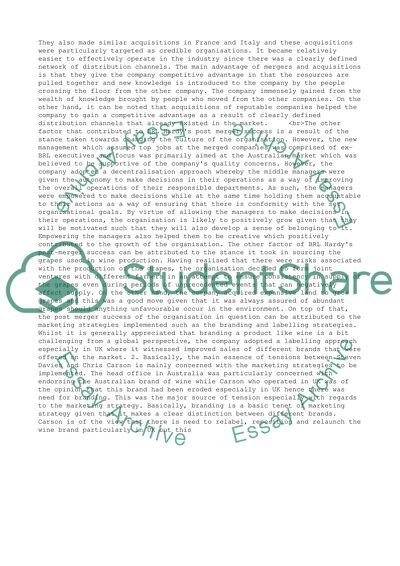Cite this document
(“BRL Hardys post-merger success Term Paper Example | Topics and Well Written Essays - 1750 words”, n.d.)
Retrieved from https://studentshare.org/business/1419195-brl-hardys-post-merger-success
Retrieved from https://studentshare.org/business/1419195-brl-hardys-post-merger-success
(BRL Hardys Post-Merger Success Term Paper Example | Topics and Well Written Essays - 1750 Words)
https://studentshare.org/business/1419195-brl-hardys-post-merger-success.
https://studentshare.org/business/1419195-brl-hardys-post-merger-success.
“BRL Hardys Post-Merger Success Term Paper Example | Topics and Well Written Essays - 1750 Words”, n.d. https://studentshare.org/business/1419195-brl-hardys-post-merger-success.


